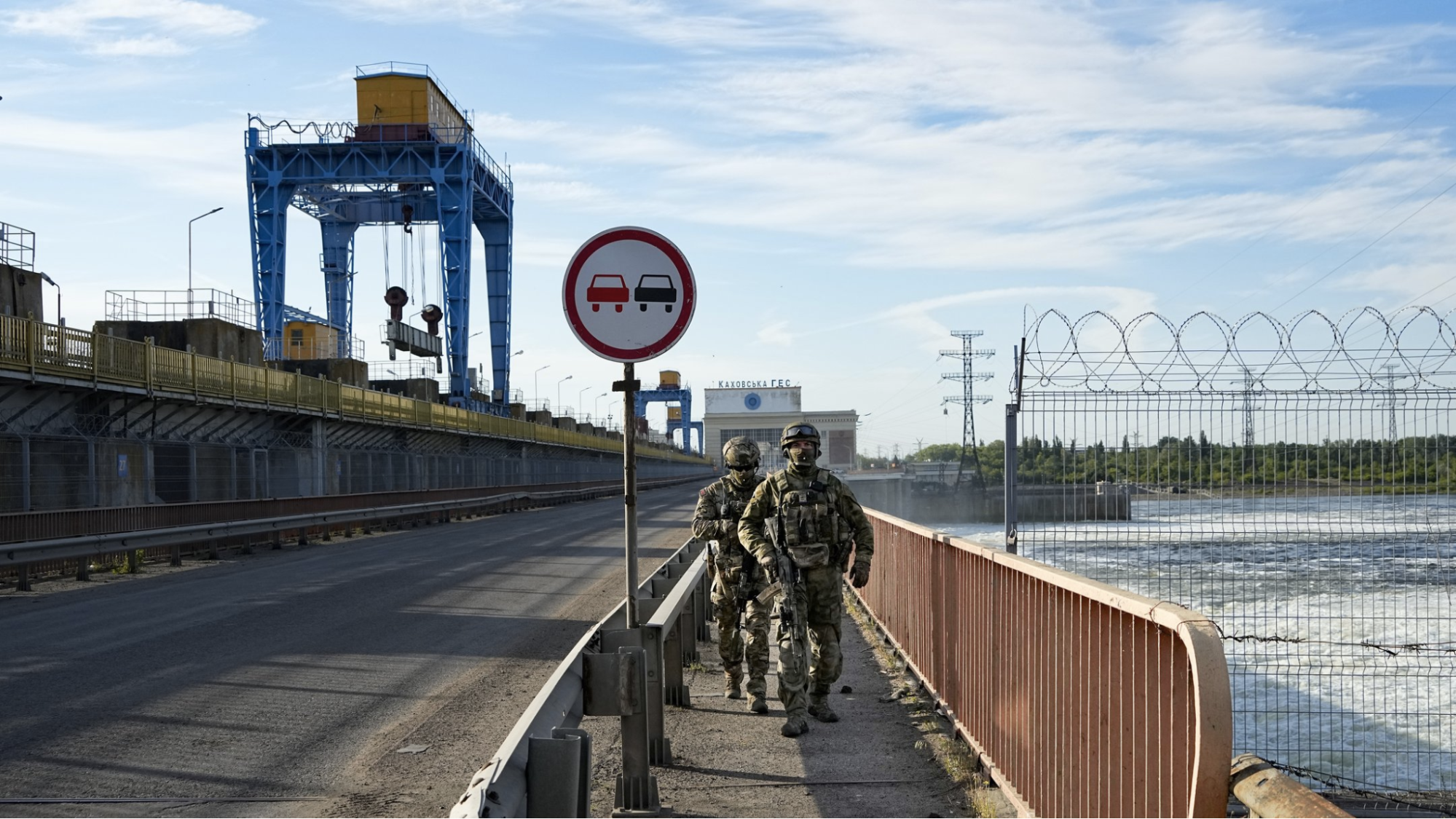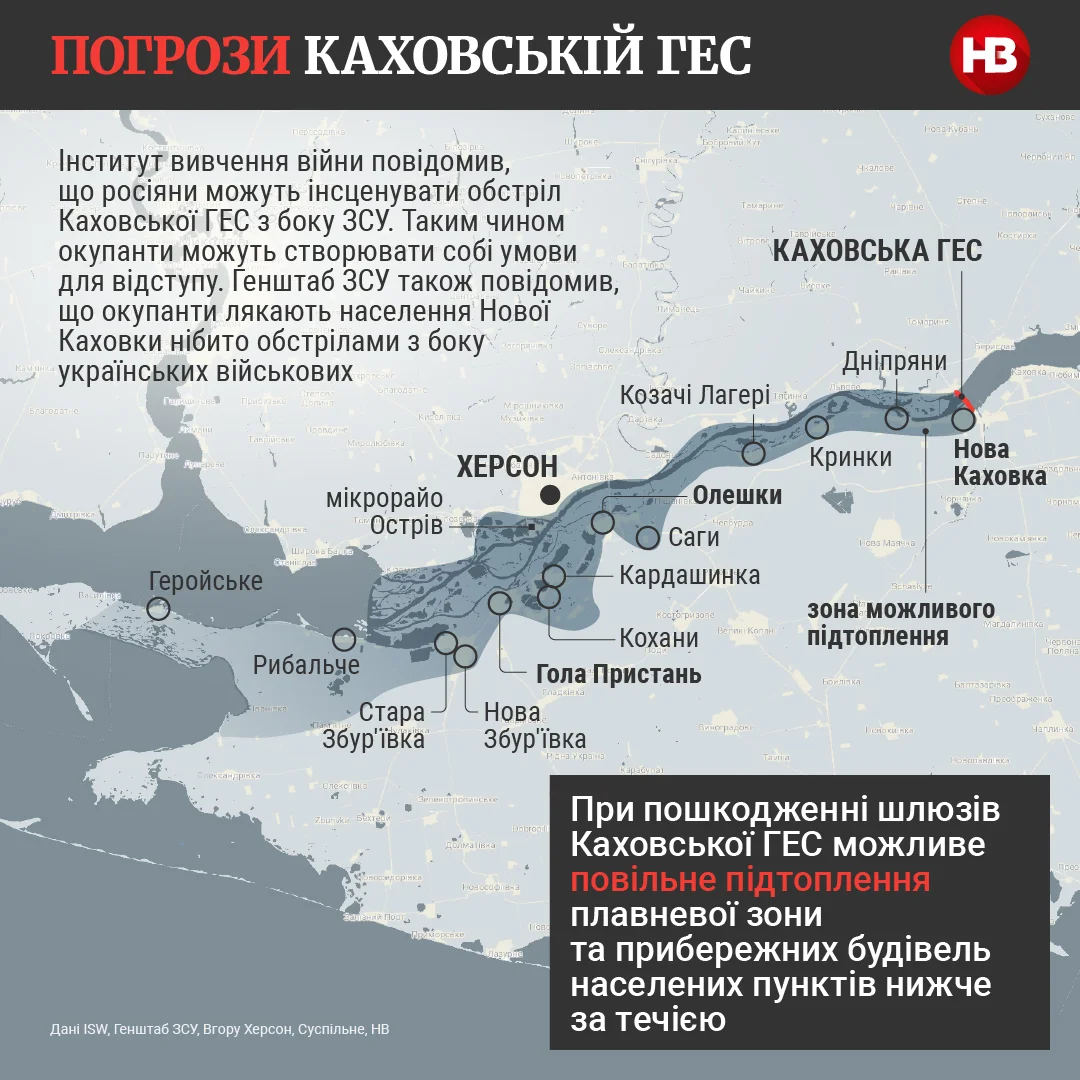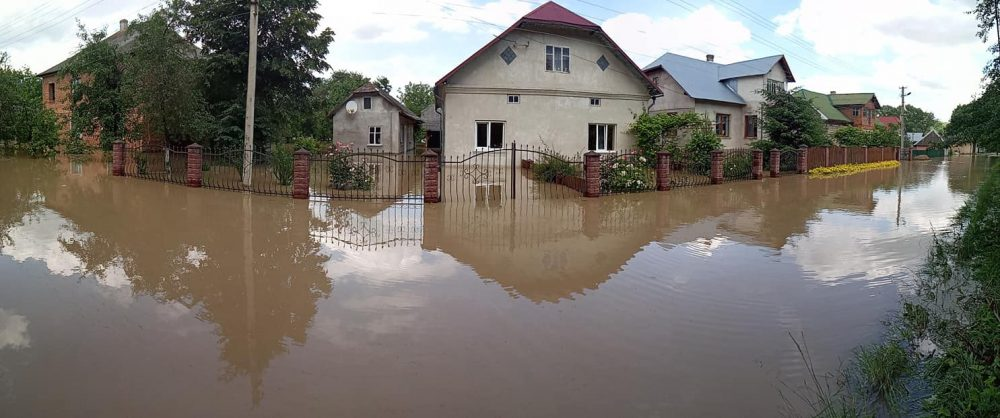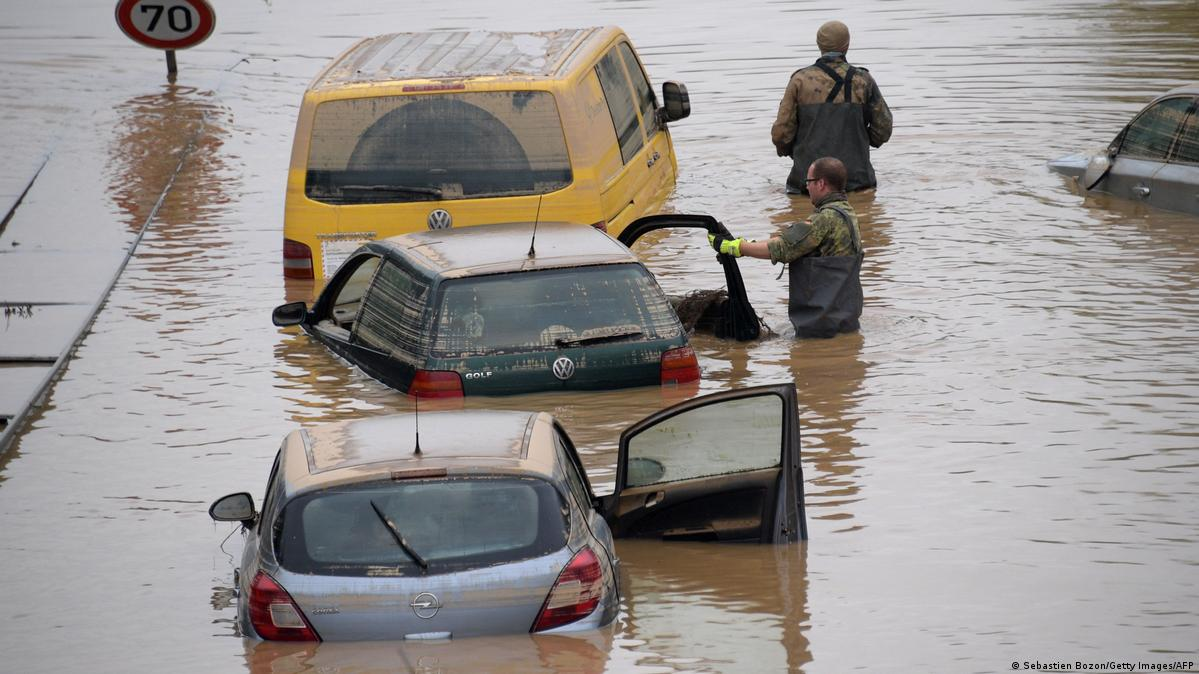
What is the problem?
On October 20, it became officially known about the mining of the Kakhovska Hydroelectric Power Plant by the russian occupiers. As President Zelensky noted, undermining the dam would mean a large-scale catastrophe.
According to Danilov, the NSDC Secretary, Ukraine is ready for any scenario at the Kakhovska HPP. The action plan in the event of the dam being blown up will be considered at the next meeting of the Headquarters of the Commander-in-Chief. However, if the occupiers blow up the dam, more than 80 settlements, including Kherson, will be in the zone of rapid flooding, and hundreds of thousands of people currently under occupation may suffer.
It is futile to hope that the occupiers will help the residents of the Kherson region in case of flooding. If the russians are capable of planning terrorist acts of this scale, they are obviously not going to care about the people's fate.
Experts note that primarily as a result of the destruction of the HPP dam, flooding will occur on the left bank of the Kherson region. Now the occupiers and collaborators are trying to take civilians from the right bank of the Dnipro to that place — perhaps later to blame Ukraine for the more significant number of victims.
What is the solution?
What should Kherson region residents do?
1. Do not panic.
Let us recall that the Kakhovska HPP was built during the Cold War and was designed to withstand the use of nuclear weapons. Only a direct hit on the dam can destroy the HPP. As early as August 8, the bridge at the Kakhovska HPP dam was disabled by a HIMARS point strike and still cannot be used to move military equipment. But it is not easy to disable the dam itself — even with a nuclear strike.
But the threat cannot be completely ignored either. The aggressor is capable of any criminal actions. For example, the russians can set off an explosion and, under cover of it, open all 28 floodgates, which will cause mass flooding.
Volodymyr Molchanov, an expert at the Black Sea Center for Political and Social Research, explained that if the upper lock gate is destroyed, a sixteen-meter tsunami (the height of the Kakhovska Dam) will go straight to the dam and wash it away. The water will begin to drop because the Dnipro is wider than the sluice channel. The wave height will be approximately 2.5 meters, and it will hit the shore of Nova Kakhovka in the area of electric poles, where they pass to the substation. There is no housing there — just green spaces. Neither people nor their property will be harmed because they are not physically there, Molchanov asserts. Then the wave will go, decreasing in height. "Velyka Voda" will destroy the crossings built by the russians and partially flood some left-bank villages' houses.
The GIS Analyst Center specialists authorized by the State Emergency Service of Ukraine predicted that in the flat area, which is Kherson Oblast, as a result of even a momentary Kakhovska HPP dam breach, water would spill over the territory. Oleshky, a city on the left bank of the Dnipro, opposite Kherson, some islands, the villages of Krymky, Pishchane, and Cossack Tabor will be flooded. Nova Kakhovka will suffer little — the city was built considering a possible accident at the hydroelectric plant. The maximum rise of water in the Kherson region (which is located on the high bank of the Dnipro) will be 1.5 meters maximum in its lowest part. And it will happen on the second day. Relatively speaking, in the worst case, everything will be like during an intense spring flood.
2. Prepare for a possible flood
What to do before the flood?
- The war showed that you need to know the nature of your area. Study the area in advance — remember the safe areas, the nearest hills. Imagine how to get there; work out a route.
- Make sure that all family members know the safety rules and evacuation procedures. Talk to the children separately. Explain that panic is very dangerous. Pay special attention to those who cannot swim.
- Prepare documents, clothes, the most necessary things, a supply of food for several days, medicines, and a flashlight. Put everything in a backpack. Keep the documents in a waterproof bag.
- Check how secure the windows and doors of the lower floors are. If possible, strengthen them — for example, block them with shields and boards, and cover them with sandbags.
- Drive the livestock you have on your farm to higher ground.
- Residents of the lower floors of high-rise buildings should agree with the neighbors above about temporary shelter.
- By the way, residents of high-rise buildings almost everywhere learned to unite and act as one family during the occupation. Bring up the subject of a possible flood in the house chat. So you can help each other faster in case of danger.
- It is necessary to bring watercraft, boats, inflatable boats, and lifebuoys into proper readiness. Move them closer to home. In their absence, make the simplest such tools from materials at hand: logs, boards, car cameras, barrels, etc. Do not forget about such a necessary thing as ropes.
Preventive measures against the threat of yard areas flooding
- Secure all objects that can be washed away by water.
- Check utility rooms, and seal windows and doors around the perimeter. Close windows and ventilation openings, lock doors.
- If possible, vacate basements and cellars. They should not have food and items that deteriorate from being in the water.
3. Learn general recommendations for those who may get into the potential flooding zone
Actions in case of sudden flooding
- Keep calm, and avoid panic.
- Help children, people with disabilities, and the elderly. They are to be evacuated first.
- Before leaving the house, turn off the electricity and gas, and put out the fire in the range.
- Open the barn – give the cattle a chance to escape.
- If possible, leave the flooded area immediately. When leaving a dangerous area, in addition to an emergency backpack, you should take warm, comfortable clothes, shoes, and blankets. Do not forget about pets.
- If it is impossible to leave, go to the top floor or attic of the house where you are. When the water rises, you should climb onto the roof, and when the water is suddenly coming, you should climb onto the top (ridge) of the roof.
- Tie children and sick, weakened and cold people to yourself, strong roof elements, or the stove pipe. You mustn't climb trees, poles, or structures of questionable strength. They can be washed away by currents of water and fall and collapse.
- To attract the attention of those who can save you, constantly give a distress signal: during the day, you can hang a white or colored cloth in a high place, and at night give light signals with a flashlight. Stay on the upper floors and roofs of buildings and other elevated areas until help arrives.
If the flood caught you on the road, in transport
- When the road is flooded, it becomes hazardous to travel in a car. The water can come at high speed, and the current can carry away the car along with the people. Get out of the vehicle before it's too late. Do not stay in a broken or unmoving car. Many people died trying to save their vehicles while in the flood zone.
- Flooded places with a depth of up to 1 m can be waded, from 0.6 to 1.2 m – crossed by front- and rear-wheel drive cars and tractors. The crossing can be organized with the help of boats and other floating means, or improvised means — everything that makes it possible to stay on the water — boards, car cameras, wooden doors, tubs, etc.
During a flood, going to higher places in the fields and forests is necessary. If there is no such possibility, you have to climb a tree.
If you find yourself in the water
- Get rid of heavy items: shoes, extra items in pockets. Remove heavy outer clothing, but don't undress further: even wet clothing will help retain body heat.
- Find a landmark and swim to it. Save your strength. Try to rest.
- Grab and hold on to any object floating nearby.
- If possible, tie the raft together using floating objects.
- Push dangerous objects away from you.
- Try to give signals about yourself.
If you participate in rescue operations
- Rescue people wherever they are, using all available means for this.
- Remember that you cannot sit on the boat board. It is dangerous to overload a watercraft: an overloaded raft or boat can capsize.
- First of all, it is necessary to remove children from the flood zone.
- Provide immediate assistance to people already in the water.
- While in the water near a drowning person, be careful not to let them cling to you. If a person is not controlling their movements, it is recommended to grab their hair and swim to the shore or the nearest safe place.
- If necessary, people who have been rescued from the water should be given first aid, warmed up, and dressed in dry clothes.
Actions after a flood
- Make sure your home is flood-damaged and not in danger of collapsing; there are no sinkholes in and around the house, no broken glass, and no dangerous debris and rubble.
- When inspecting interior rooms, matches or candles cannot be used as a light source due to the possible presence of domestic gas in the air (an electric flashlight is best for this).
- Do not use the power supply until the house is completely dry.
- Electrical appliances can be used only after they have been thoroughly dried.
- Beware of broken or sagging electrical wires.
- Dry the house and thoroughly clean and disinfect dirty dishes, household items, and the area adjacent to the house.
- Carry out drainage of flooded basements in stages at the rate of 1/3 of the volume of water per day.
- Be sure to boil drinking water, especially from water sources that have been flooded.
- Do not eat foods that have been submerged in water during flooding. Get rid of them and canned goods that were flooded and damaged.
Even more useful solutions!
Kherson City Council has developed instructions for residents of various city districts. Read here.
A possible terrorist attack at the Kakhovskaya HPP could leave the Zaporizhzhya NPP without cooling, exposing the population to a nuclear disaster as well.
Rubryka wrote about how to act in the event of a radiation accident at the ZNPP here.

Nuclear danger: what will happen to the Zaporizhzhia region and Dnipro and how to protect yourself in the event of a disaster at the ZNPP

Devastating consequences caused by water can be similar to the effects of nuclear weapons: what will happen if the russians start shelling the hydroelectric power stations?










